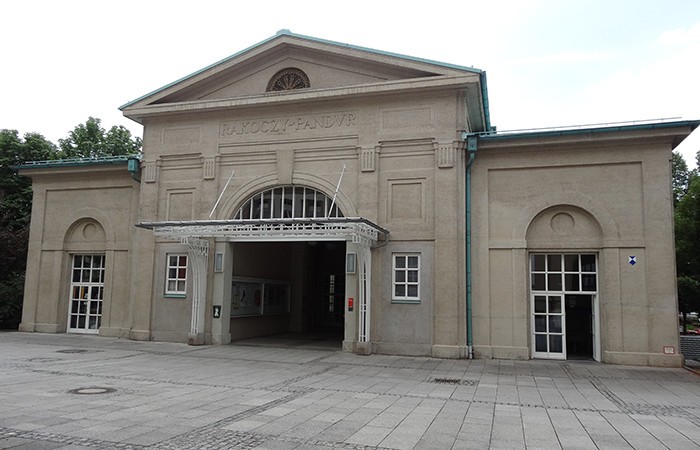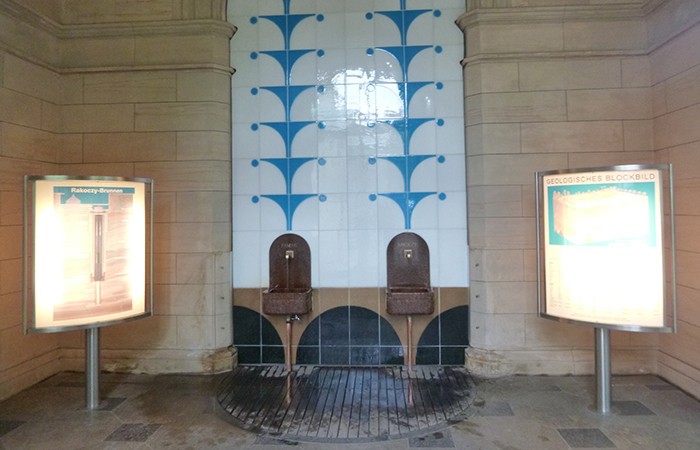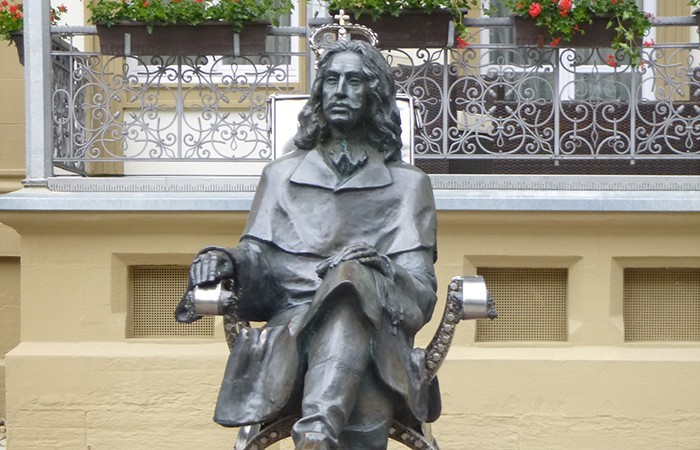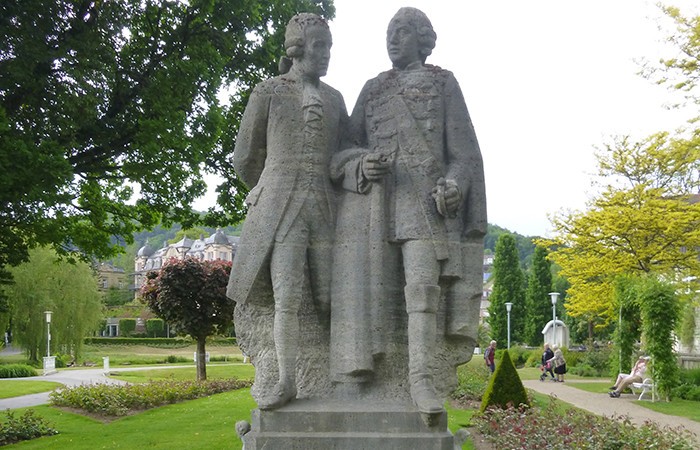During rerouting of the Franconian Saale, the river that flows through Bad Kissingen, in 1737, the baroque architect Balthasar Neumann rediscovered the Rakoczy medicinal spring in the dry riverbed.
Eponym Count Ferenc Rákóczi II of Hungary
After rerouting the river Saale as protection against the annual floods and the inherent danger to the medicinal springs in close proximity, the additional, rediscovered medicinal spring was also developed for treatment purposes. With this, the state spa resort of Bad Kissingen gained in significance and became a world-famous spa resort.
Count Rákóczi, who lived from 1676 to 1735 and was a Hungarian field commander and leader of the movement to liberate Hungary from Austria, is the eponym of the medicinal spring. There is no evidence that he ever visited Bad Kissingen. The officers and soldiers receiving treatment in Bad Kissingen at that time, who were fighting against him, probably played an important role in the choice of name.
Ever since 1950, the municipality of Bad Kissingen commemorates the count every year on the last weekend in July with a three-day festival in order to properly celebrate the historic past of the town. The Rákóczi Festival, now in simplified spelling “Rakoczy Festival”, is quite famous well beyond city limits and attracts numerous guests every year.
The twin spring Pandur
The Pandur and Rakoczy springs are often referred to as twin springs, as both are particularly rich in iron and have a healing effect for gastro-intestinal diseases. The Pandur spring was discovered in 1616. The new name is probably based on the Pandur Corps established in Hungary in the 18th century.
Editorial tips on the twin springs
Although the two springs are referred to as “twin springs”, their water does not taste the same. In a guided tour, guests can find out more about the seven medicinal springs and their respective areas of application.















